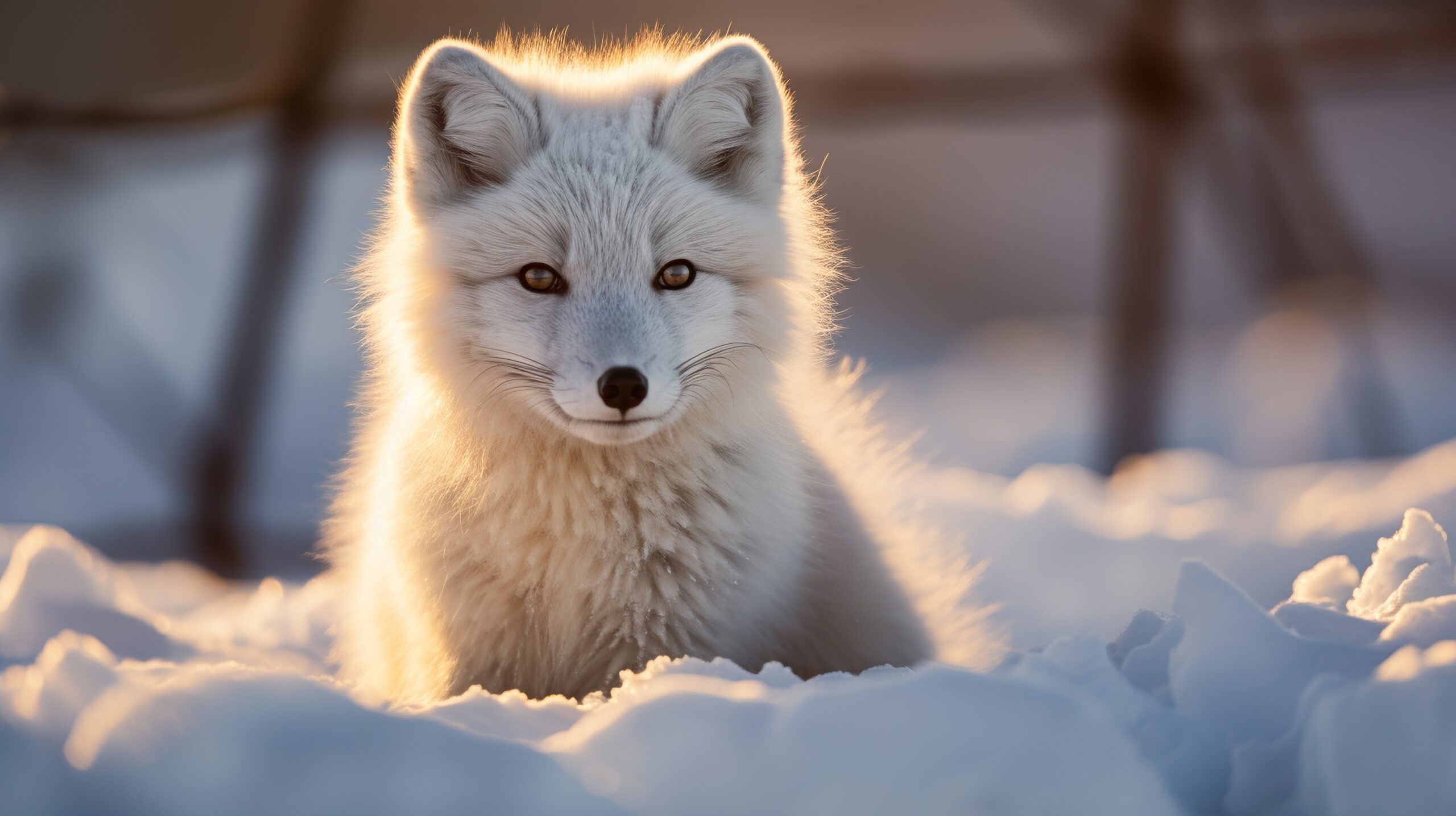Nature often presents harsh challenges, and some mammals have evolved unique adaptations to thrive in environments where survival seems impossible. These incredible creatures have developed characteristics that not only help them survive but also allow them to flourish in extreme conditions.
From the frigid Arctic to scorching deserts and dense rainforests, these mammals defy the odds and astound us with their resilience and adaptability. Join as we explore remarkable mammals that thrive where others wouldn’t survive, showcasing nature’s ingenuity and the incredible diversity of life on Earth.
1. Arctic Fox
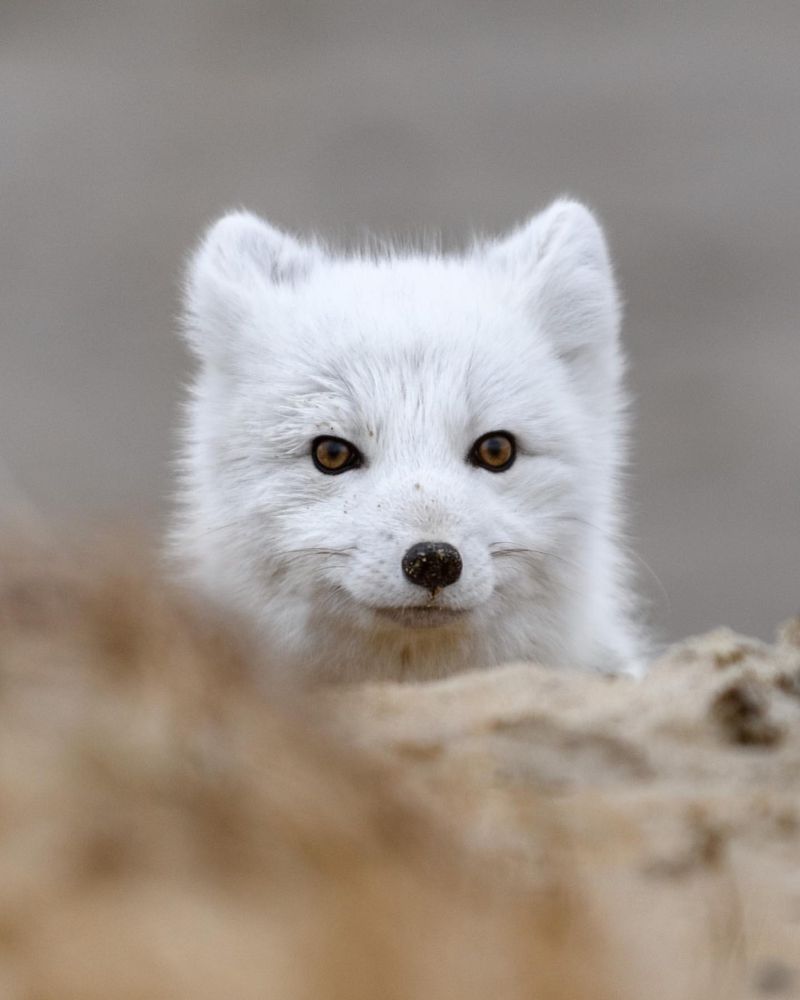
The Arctic Fox is a master of survival in one of the harshest climates on Earth. With a thick, warm coat that changes color according to the season, it stays camouflaged against the white snow in winter and brown earth in summer.
This small yet resilient mammal has a remarkable ability to withstand freezing temperatures as low as minus 58 degrees Fahrenheit. Its rounded body shape minimizes heat loss, while its furry soles and short ears reduce exposure to the cold.
Food scarcity doesn’t deter the Arctic Fox. It’s an opportunistic feeder, hunting small mammals like lemmings, but also scavenging leftovers from larger predators. During leaner months, it stores food in caches to ensure its survival. Inhabitants of the Arctic tundra, Arctic Foxes exhibit incredible endurance and adaptation skills, making them one of nature’s most resourceful creatures in extreme environments.
2. Fennec Fox
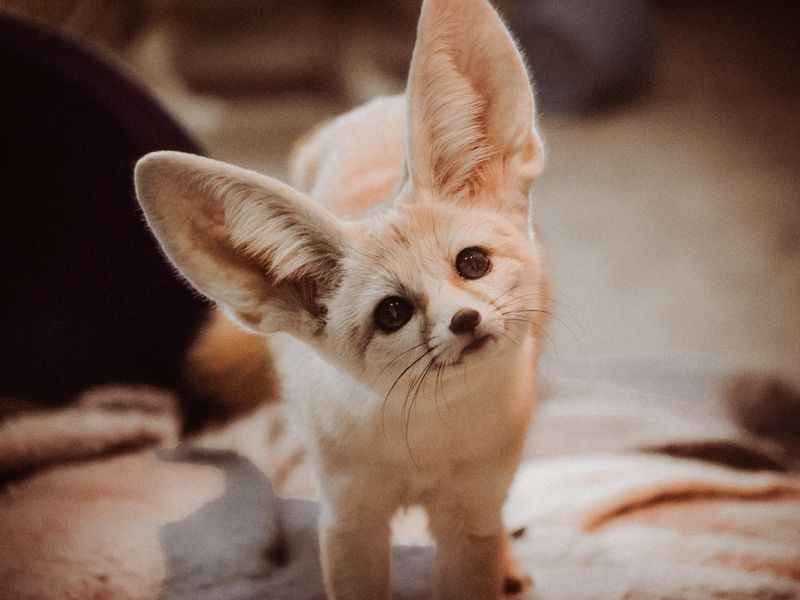
In the searing heat of the Sahara Desert, the Fennec Fox thrives with its strikingly large ears and small body. These ears dissipate heat and enhance hearing, allowing the fox to detect prey moving underground. Its sandy-colored coat reflects sunlight, a clever adaptation to desert life.
The Fennec Fox is nocturnal, hunting for insects, small mammals, and birds during the cooler night hours. This fox needs little water to survive, getting most of its hydration from the food it consumes. It cleverly digs burrows to escape the sun’s relentless heat, creating a cooler microenvironment.
Resilient and adaptable, the Fennec Fox exemplifies nature’s ingenuity in overcoming the challenges of extreme desert climates.
3. Snow Leopard
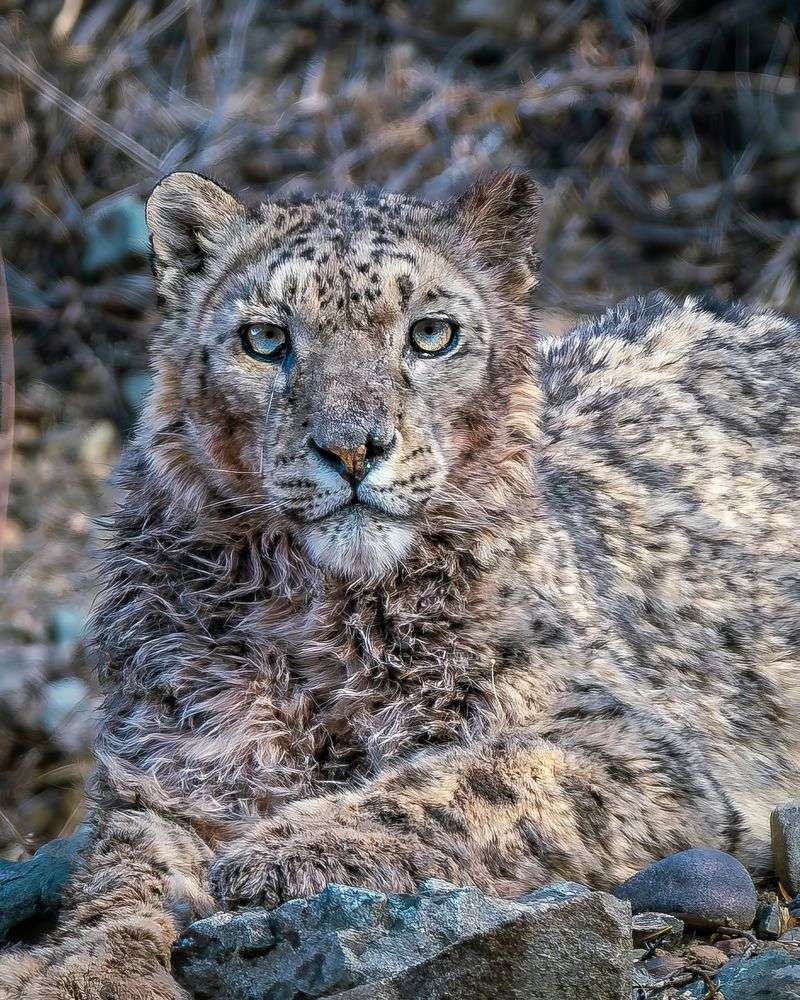
High in the rugged mountains of Central Asia, the Snow Leopard thrives in isolation and cold. Its thick coat and long tail provide warmth and balance, essential for navigating the rocky terrain.
The Snow Leopard’s powerful build and long hind limbs allow it to leap great distances, an essential skill for hunting in steep areas. Its large nasal cavities warm the cold, thin air before it reaches the lungs.
Preying on mountain goats and sheep, this elusive cat is a perfect blend of grace and power, able to take down prey much larger than itself. Its wide paws act like snowshoes, preventing it from sinking into the snow.
Despite its solitary nature, the Snow Leopard remains a symbol of resilience, perfectly adapted to its challenging high-altitude environment.
4. Bactrian Camel
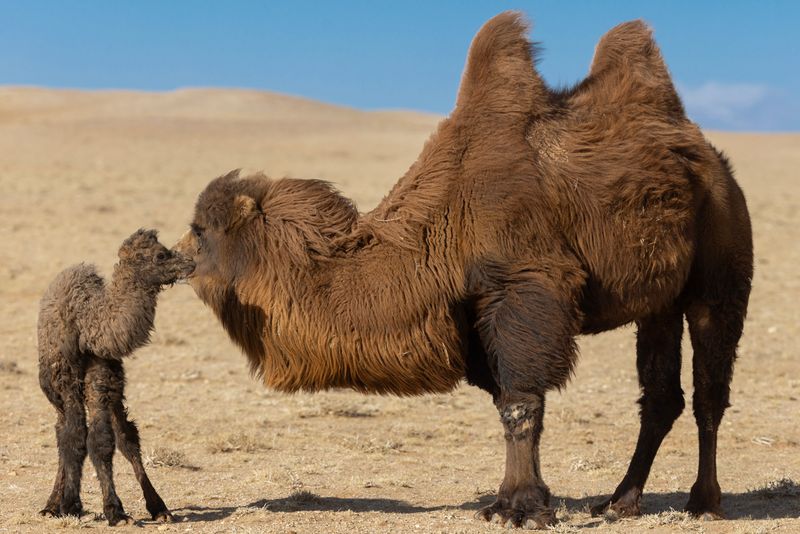
Roaming the arid expanses of the Gobi Desert, the Bactrian Camel is a true survivor. Its two humps store fat, providing energy when food is scarce, while its shaggy coat insulates against extreme temperatures.
Capable of enduring long periods without water, this camel rehydrates quickly, drinking up to 30 gallons in one sitting. Its thick eyelashes and closable nostrils protect against sandstorms. The Bactrian Camel is a vital resource for nomadic peoples, offering transportation and sustenance.
Its unique adaptations make it perfectly suited for life in harsh desert conditions. Despite the challenging environment, the Bactrian Camel remains resilient, thriving where few other mammals can.
5. Narwhal
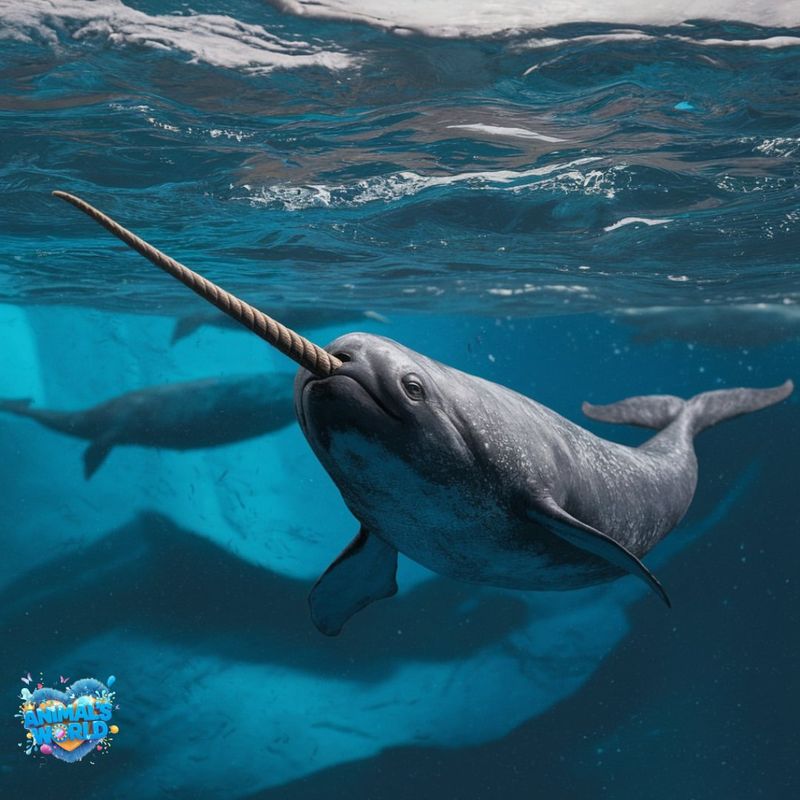
Navigating the icy waters of the Arctic, the Narwhal is an extraordinary marine mammal. Its most striking feature, the long helical tusk, is an extended tooth that can grow up to ten feet. This tusk is thought to play a role in sensing environmental changes, a crucial adaptation in the ever-shifting ice landscapes.
Narwhals travel in pods, using echolocation to navigate the dark waters and hunt. Feeding primarily on fish and squid, Narwhals dive up to 1,500 meters deep, holding their breath for up to 25 minutes. Their blubber-rich bodies provide insulation against freezing temperatures.
Living in one of the planet’s most unforgiving environments, Narwhals showcase nature’s remarkable adaptations for survival.
6. Aye-Aye
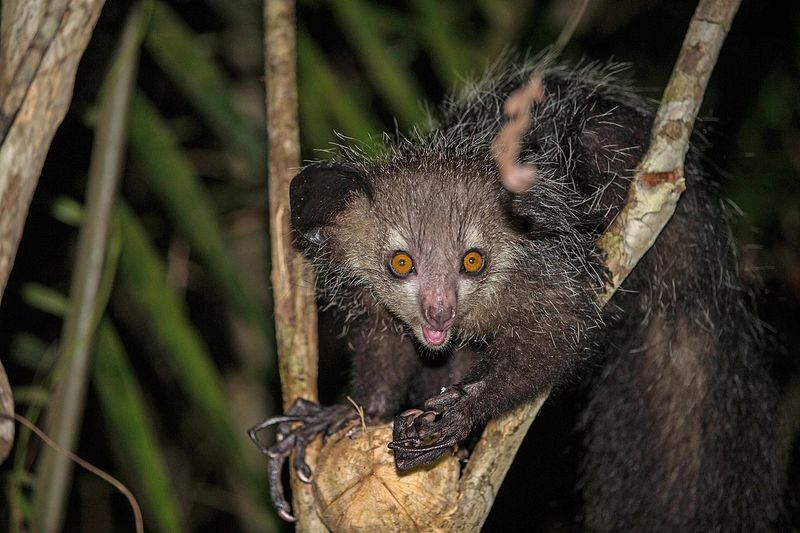
In the dense rainforests of Madagascar, the Aye-Aye stands out with its unique foraging technique. This nocturnal lemur has an elongated middle finger used to tap on wood, listening for insect larvae. With large eyes adapted for night vision, the Aye-Aye thrives in the dark, dense canopy.
Its rodent-like teeth continuously grow, allowing it to gnaw through bark to access food. This quirky primate is an example of nature’s creativity, adapting to a niche that few others occupy. Despite being misunderstood, the Aye-Aye plays a vital role in its ecosystem.
Thriving in the complex environment of Madagascar, the Aye-Aye is a testament to the adaptability and diversity of life in rainforests.
7. Kangaroo Rat
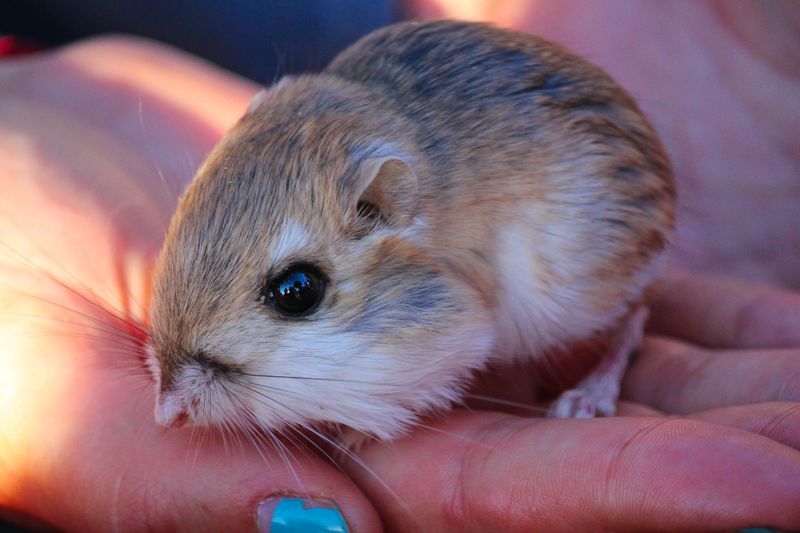
In the arid deserts of North America, the Kangaroo Rat showcases incredible adaptability. With long hind legs, it hops effortlessly across the sandy landscape, escaping predators with ease. This small rodent rarely drinks water, obtaining moisture from seeds and metabolic water production.
Its kidneys efficiently concentrate urine, minimizing water loss. Living in burrows, the Kangaroo Rat avoids extreme daytime heat and emerges at night when temperatures are cooler. Its cheek pouches allow it to transport and hoard seeds.
A master of desert survival, the Kangaroo Rat thrives where water is scarce, showcasing the resilience of desert-adapted mammals.
8. Mountain Goat
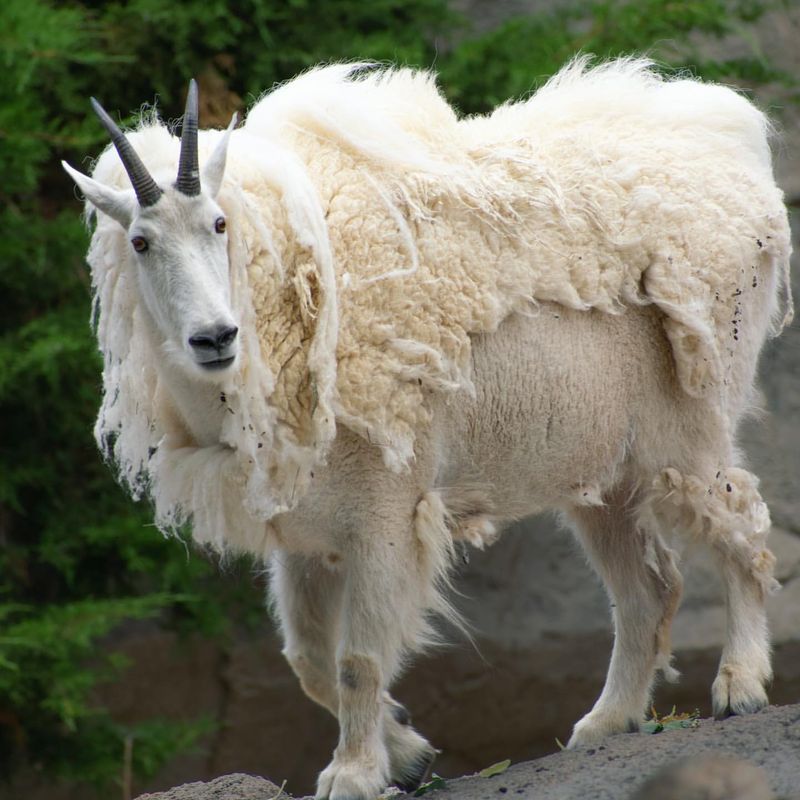
Scaling the steep cliffs of the Rockies, the Mountain Goat is a marvel of balance and strength. With split hooves and rough pads, it grips the rocky surfaces, ascending with ease. Its thick white coat provides insulation against the cold mountain winds, while its muscular build supports its agile movements.
The Mountain Goat’s keen eyesight aids in spotting predators. Feeding on grasses, herbs, and mosses, it utilizes its climbing skills to access hard-to-reach vegetation. This herbivore is a testament to nature’s ability to adapt to harsh mountainous conditions.
Inhabiting high altitudes, Mountain Goats are symbols of endurance and surefootedness, thriving where few others dare to tread.
9. Dumbo Octopus
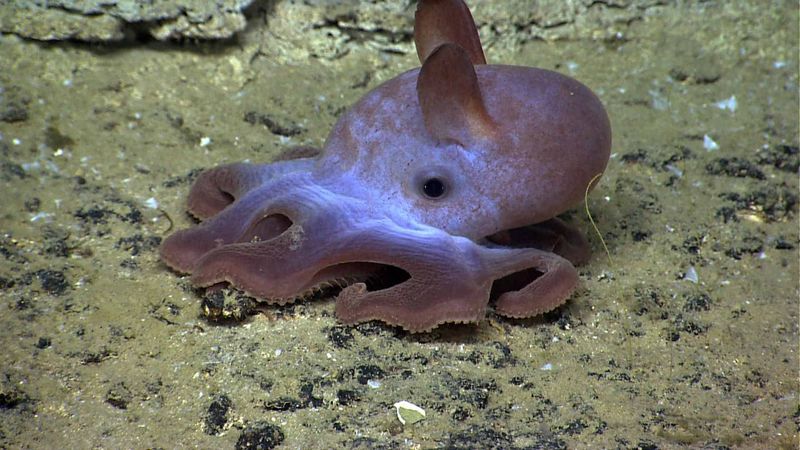
Deep in the ocean’s abyss, the Dumbo Octopus swims gracefully with its ear-like fins. Its translucent body adapts to high-pressure, low-light environments, a remarkable feat of marine adaptation. Named for its resemblance to the Disney character, this octopus can hover above the ocean floor, conserving energy in the sparse environment.
It feeds on snails, worms, and other small creatures. Residing at depths of 3,000 to 4,000 meters, the Dumbo Octopus is an enigma of the deep sea, showcasing nature’s adaptability. Its unique appearance and behavior make it a subject of fascination. In the mysterious depths of the ocean, the Dumbo Octopus thrives, illustrating the wonders of marine life adaptation.
10. Saiga Antelope
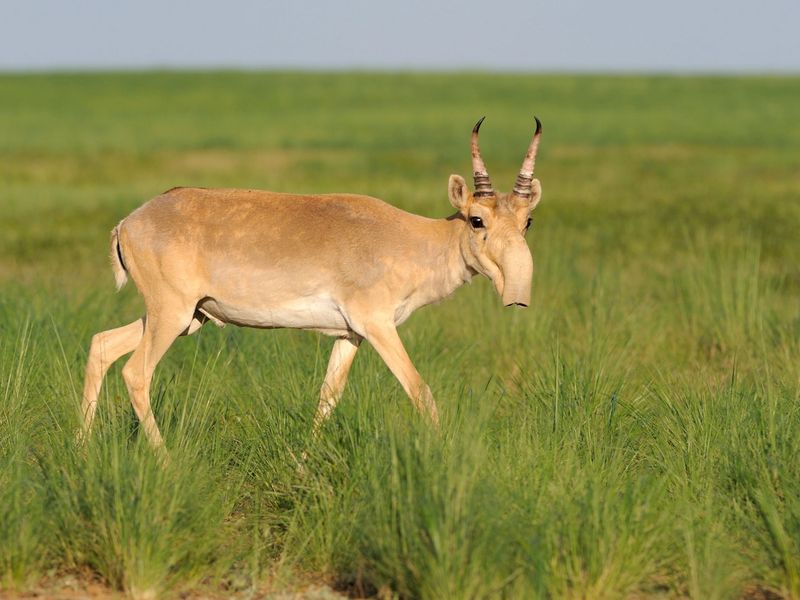
Roaming the vast Eurasian steppes, the Saiga Antelope is instantly recognizable by its large, downward-facing nose. This peculiar feature filters dust and warms cold air before it reaches the lungs.
The Saiga’s migratory habits allow it to find food across vast distances, a key survival strategy in the variable climate of the steppes. It feeds on diverse vegetation, adapting its diet to available resources. Once critically endangered, conservation efforts have helped Saiga populations recover.
Their resilience and adaptability make them an icon of steppe ecosystems. Despite past challenges, the Saiga Antelope continues to thrive, a symbol of hope for conservationists.
11. Platypus
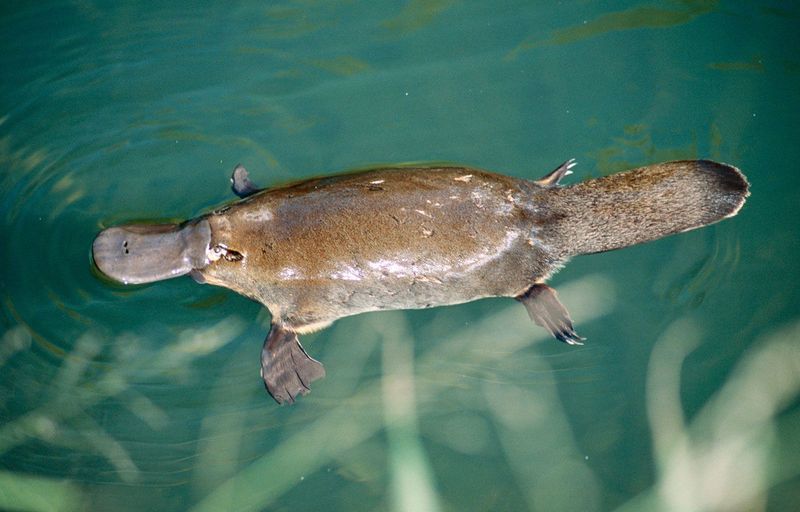
In the rivers of Australia, the Platypus defies traditional mammalian characteristics with its duck-bill and webbed feet. At this point, platypuses are mythical animals! This egg-laying mammal thrives in aquatic environments, hunting for food with its sensitive bill. The Platypus uses electroreception to detect prey, an adaptation rare among mammals.
It closes its eyes and ears underwater, relying on its bill to navigate and hunt. With a dense, waterproof coat, the Platypus retains warmth in cold water, while its flat tail stores fat for energy. Its unique reproductive method highlights its ancient lineage.
As a living fossil, the Platypus exemplifies evolution’s creativity and the diversity of life in Australia’s waterways.
12. Meerkat
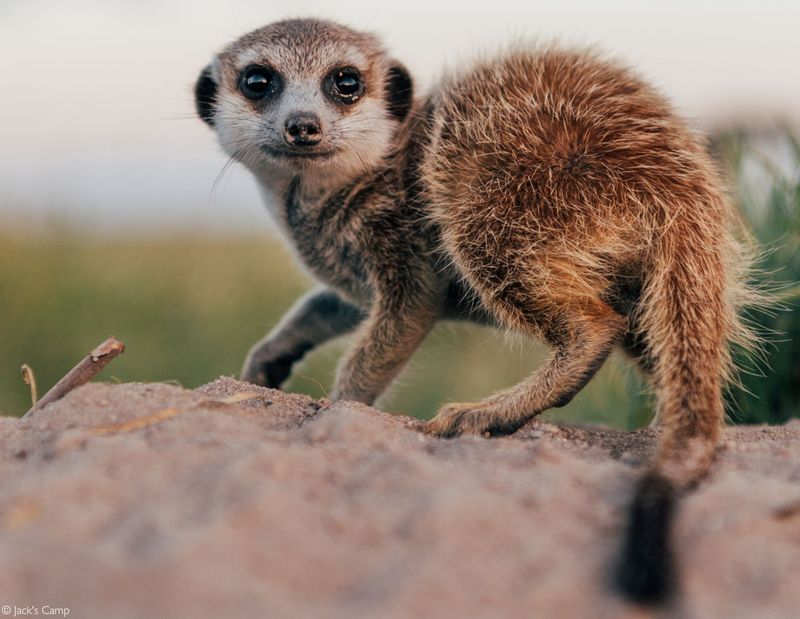
In the social world of the Kalahari Desert, Meerkats exemplify cooperation and vigilance. These small mammals live in groups, with a complex social structure that aids survival in harsh conditions. Meerkats take turns standing guard, watching for predators while others forage for insects and small vertebrates.
Their burrows provide refuge from the desert’s extreme temperatures. Their ability to work as a team and communicate effectively ensures the group’s safety and success. With sharp claws and keen eyesight, Meerkats are well-equipped to thrive in their arid environment.
In the heart of the Kalahari, Meerkats reveal the power of teamwork and adaptation in the animal kingdom.
13. Cuvier’s Beaked Whale
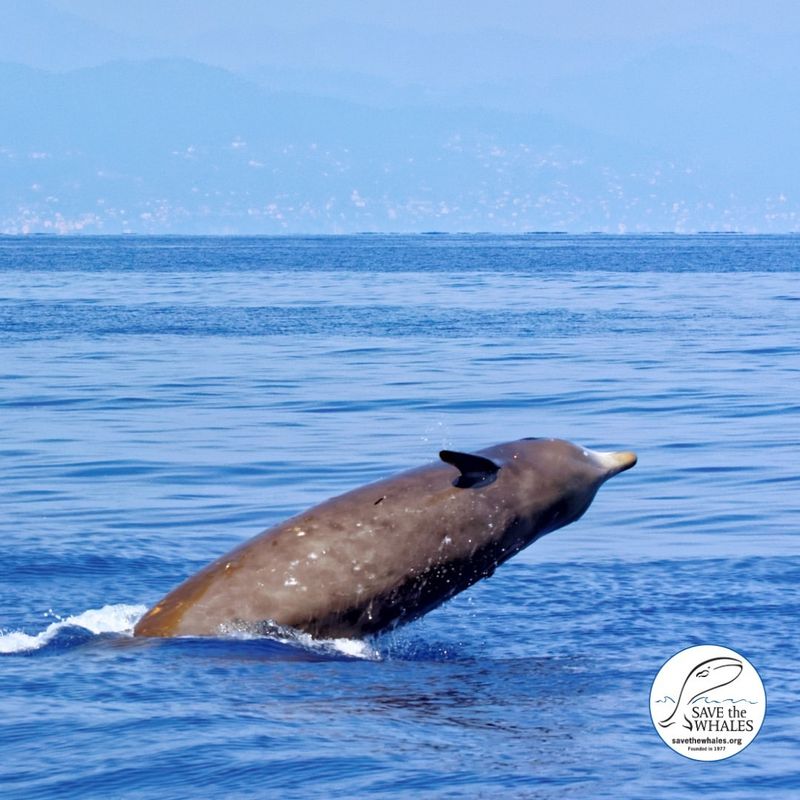
Cuvier’s Beaked Whale holds the record for the deepest and longest dives among mammals. Inhabiting the open oceans, this whale’s streamlined body is perfectly adapted for deep-sea exploration. Its unique dive pattern allows it to hunt squid and deep-water fish, staying submerged for over two hours.
The whale’s body withstands immense pressure, showcasing remarkable physiological adaptations. Traveling in small groups, Cuvier’s Beaked Whales use echolocation to communicate and navigate the murky depths.
Their elusive nature makes them fascinating subjects for marine biologists. In the vast, deep oceans, Cuvier’s Beaked Whale defies the limits of marine mammal adaptation, thriving where few others venture.
14. Okapi
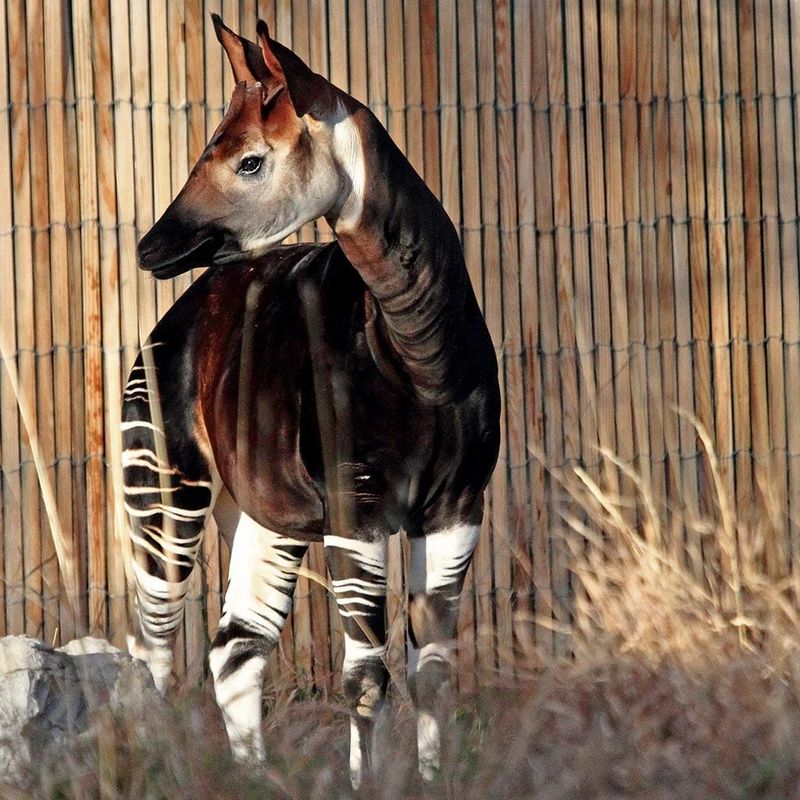
In the dense rainforests of the Congo, the elusive Okapi navigates the undergrowth with grace. Resembling a cross between a giraffe and a zebra, its unique appearance aids in camouflage from predators.
With a long, flexible tongue, the Okapi strips leaves from branches, feeding on a diet of fruit and foliage. Its large ears can detect the slightest sounds, alerting it to danger. Solitary by nature, the Okapi is a master of stealth, rarely seen by humans.
Conservation efforts are crucial for this rare species, as it faces threats from habitat loss and poaching. In its secluded rainforest home, the Okapi thrives, a symbol of nature’s adaptability and mystery.

